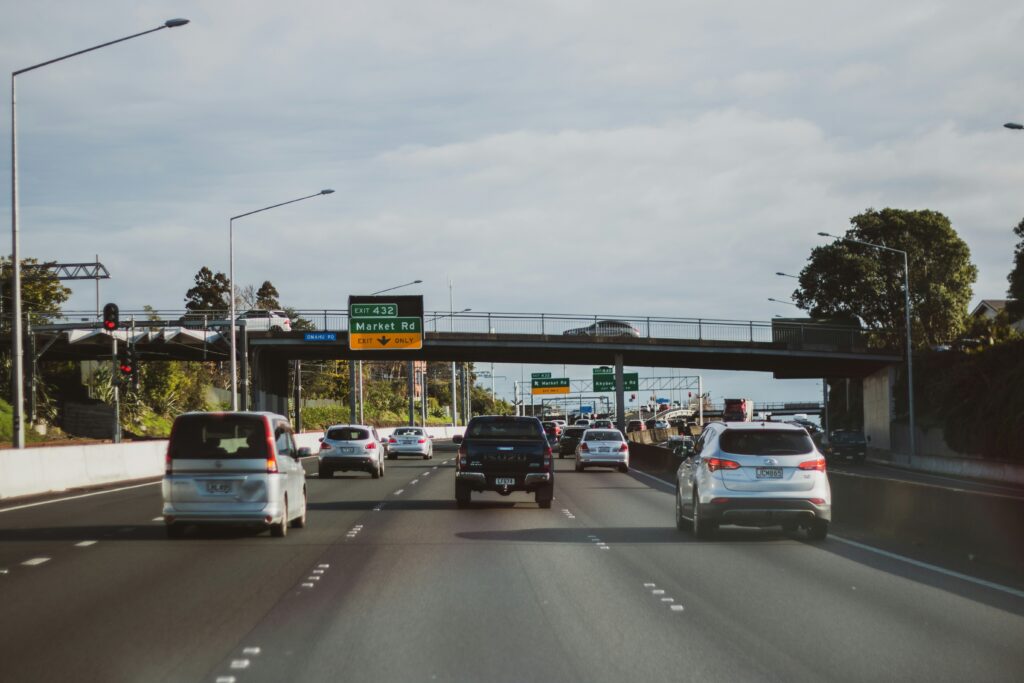Fleet sizing is a foundational step in designing any public transportation system—whether it’s for buses, trains, or trams. Determining the right number of vehicles ensures that service levels are reliable, operational costs are optimized, and passenger demand is met throughout the day.
In this article, we’ll explore how to calculate fleet size for public transit systems, what factors influence the number of vehicles needed, and how planners can use data-driven methods to support efficient and cost-effective operations.
🚍 Why Fleet Size Matters
Having too few vehicles leads to overcrowding, long wait times, and unreliable service. Having too many results in underused assets and increased operating costs. A balanced fleet size aligns supply with demand while allowing for maintenance, delays, and peak-hour fluctuations.

🚦 Key Factors That Affect Fleet Size
Whether you’re operating buses or trains, several core inputs influence fleet size calculations:
- Route Length
Longer routes require more time to complete, which affects how frequently vehicles can return and serve the next trip. - Average Operating Speed
Includes travel time, stop delays, traffic conditions, and scheduled layovers. - Ridership Demand
Estimated or observed passenger volume during operational hours or peak periods. - Vehicle Capacity
The number of passengers a bus or train can carry at maximum load. - Headway Requirements
The desired time interval between vehicles (e.g., every 10 minutes). - Dwell Time
Time spent at each stop or station, especially important in high-ridership areas. - Layover and Recovery Time
Time vehicles spend at terminals to recover from delays and prepare for the return trip. - Service Hours
The total number of hours the service runs in a day. - Operational Reserve
Extra vehicles (typically 10–20%) are held in reserve for breakdowns, maintenance, or emergencies.
📐 Basic Fleet Size Formula
While there are different methods depending on the system and level of detail available, the most common approach for bus or light rail systems is:
Fleet Size = (Round Trip Time / Desired Headway)
Where:
- Round Trip Time = (Route Length / Speed) × 2 + (Dwell Time × Number of Stops) + Layover Time
- Headway = Target time between departures (e.g., every 12 minutes)
You can also add a reserve factor to account for spares:
Total Fleet Size = Base Fleet × (1 + % Reserve)
Example:
If a 20 km route with 40 stops takes 60 minutes one way, and you aim for a 10-minute headway, you’ll need:
- Base fleet = 120 minutes (round trip) ÷ 10 min headway = 12 buses
- With 15% reserve = 12 × 1.15 = 14 buses (rounded up)
🚆 Train or Metro Systems
For rail-based systems, the logic is similar but with greater complexity due to signaling systems, fixed stations, and train lengths.
Key additions include:
- Dwell time based on platform operations
- Turnaround time at terminals
- Constraints due to rail line capacity or signaling headway limits
Often, these systems use simulation models to test operations under different schedules, passenger loads, and disruptions.
🔢 Peak vs. Off-Peak Calculations
Fleet sizing should account for the busiest hours of the day (AM or PM peak). Using average daily ridership might lead to underestimating peak hour needs.
When sizing for peak periods:
- Use peak hour ridership
- Set headway to 1 minute to derive minimum vehicle capacity needed to serve peak loads
🛠️ Try Our Bus Fleet Size Calculator
To make this easier, Arterials has developed a free online tool that allows planners, engineers, and transit agencies to estimate the required fleet size for a bus route.
Just enter:
- Route length
- Ridership
- Stop count
- Bus capacity
- Speed, dwell time, and layover
- Reserve percentage
The calculator will compute the suggested headway, base fleet, reserve fleet, and total required buses.
👉 Try the Bus Fleet Size Calculator →
📋 Conclusion
Fleet size planning is a critical task in public transit design. While it may seem like a simple math problem, it is influenced by a web of factors—passenger demand, service frequency, route conditions, vehicle type, and operational flexibility.
Whether you’re a transit agency planning a new corridor, a consultant preparing a feasibility study, or a city planner looking to optimize services, understanding fleet sizing logic is essential.
For professional support, simulation modeling, or operations planning, contact Arterials—we specialize in transportation solutions that are data-driven, practical, and tailored to your city’s needs.
Fleet size FAQ
Q1. What is fleet size?
Fleet size is the total number of vehicles required to operate a service, such as buses, delivery trucks, or taxis, to meet demand within a given time period.
Q2. How do you calculate fleet size?
Fleet size can be calculated using the formula:
Fleet Size = (Daily Demand ÷ Vehicle Capacity) × (Cycle Time ÷ Operating Time).
Q3. How do you calculate bus fleet size?
For transit, fleet size is usually calculated as:
Peak Hour Demand ÷ Bus Capacity, with an additional 10–20% spare vehicles.
Q4. What factors affect fleet size?
Fleet size depends on demand, service frequency, cycle time, operating hours, vehicle capacity, and required spare ratio.
Q5. What is a spare ratio in fleet size?
Spare ratio is the percentage of extra vehicles kept in reserve to cover breakdowns or maintenance, typically 10–20% in bus operations.



